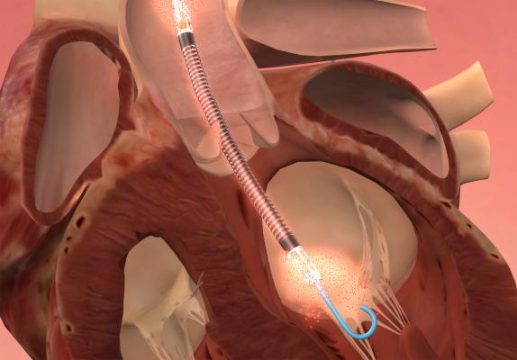The proportion of patients undergoing high risk PCI (HRPCI) is on the rise. It includes patients with different clinical, anatomical and procedural characteristics, such as low ejection fraction, severe vascular disease, three vessel or left main disease, severe lesion calcification and the use of atherectomy.

Mechanical circulatory support devices (MCS) during HRPCI, such as the percutaneous left ventricular assist device (PLVAD) Impella, have been assessed by the PROTECT II, showing superiority vs intra-aortic balloon pump (IABP). Since then, increased operator experience, more careful patient selection and device development have resulted in improved outcomes. However, female patients continue to generate special interest, seeing as they have shown higher rates of adverse cardiac and cerebrovascular events (MACCE).
The aim of this observational, prospective study, was to look at sex differences in patient and procedural characteristics, clinical outcomes and the safety of Impella in HRPCI patients from the PROTECT III study.
Primary end point was MACCE rate at 90 days, defined as the combination of all cause death, acute myocardial infarction (AMI), stroke or transient ischemic attack (TIA), and the need for repeat revascularization.
Read also: EuroCTO: Safety and Benefit at 3 Years.
Secondary end points included individual primary end components as well as in-hospital adverse events and immediate PCI related complications, such as no flow, dissection, thromboembolism or perforation.
Between 2017 and 2020, the study included 1237 patients from the PROTECT III, 27% women. This group of patients were older, presented higher proportion of African Americans, and higher BMI index. Also, women more often presented a history of stroke/TIA and lower rate of glomerular filtration.
As regards echocardiographic characteristics, women presented higher ejection fraction compared against men (38.5% vs. 32.7%; P < 0.0001) and less right ventricular dysfunction.
Read also: SCOPE I Results at 3 Years: ACURATE Neo vs. SAPIEN 3.
As regards procedural characteristics, women showed more left main compromise (66.9% vs. 58.6%; P = 0.0004), more target lesion calcification and higher proportion of bifurcation lesions Medina 1:1:1. The most common clinical presentation in women was AMI (40.7% vs. 33.2%; P = 0.02).
Primary end point showed no differences in MACCE rate at 90 days between sexes (HR: 0.76; CI 95%: 0.53-1.10; P = 0.15). Both men and women showed similar rates of all cause death (10.6%), AMI (3.3%), stroke/TIA (1.7%) and need for repeat revascularization (2.1%). Women more often showed a slightly higher rate of cardiovascular death (12.1% vs. 8.3%; P = 0.06) and all cause death at 1 year0 (24.0% vs. 19.0%; P = 0.07). As regards secondary end points, women presented more immediate HRPCI related complications (4.2% vs. 2.1%; P = 0.004), including higher incidence of coronary perforation (1.4% vs. 0.6%; P = 0.04). Also, they required more transfusions (P = 0.007), even though there were no significant differences in major bleeding (P = 0.77).
Conclusions
This analysis of the PROTECT III showed the pLVAD in patients undergoing HRPCI did not present significant differences between sexes in terms of safety and MACCE at 90 days, with the exception of more immediate complications following HRPCI in women.

Dr. Andrés Rodríguez.
Member of the Editorial Board of SOLACI.org.
Original Title: Sex Differences in pLVAD-Assisted High-Risk Percutaneous Coronary Intervention Insights From the PROTECT III Study.
Reference: Tayyab Shah, MD et al J Am Coll Cardiol Intv 2023.
Subscribe to our weekly newsletter
Get the latest scientific articles on interventional cardiology





